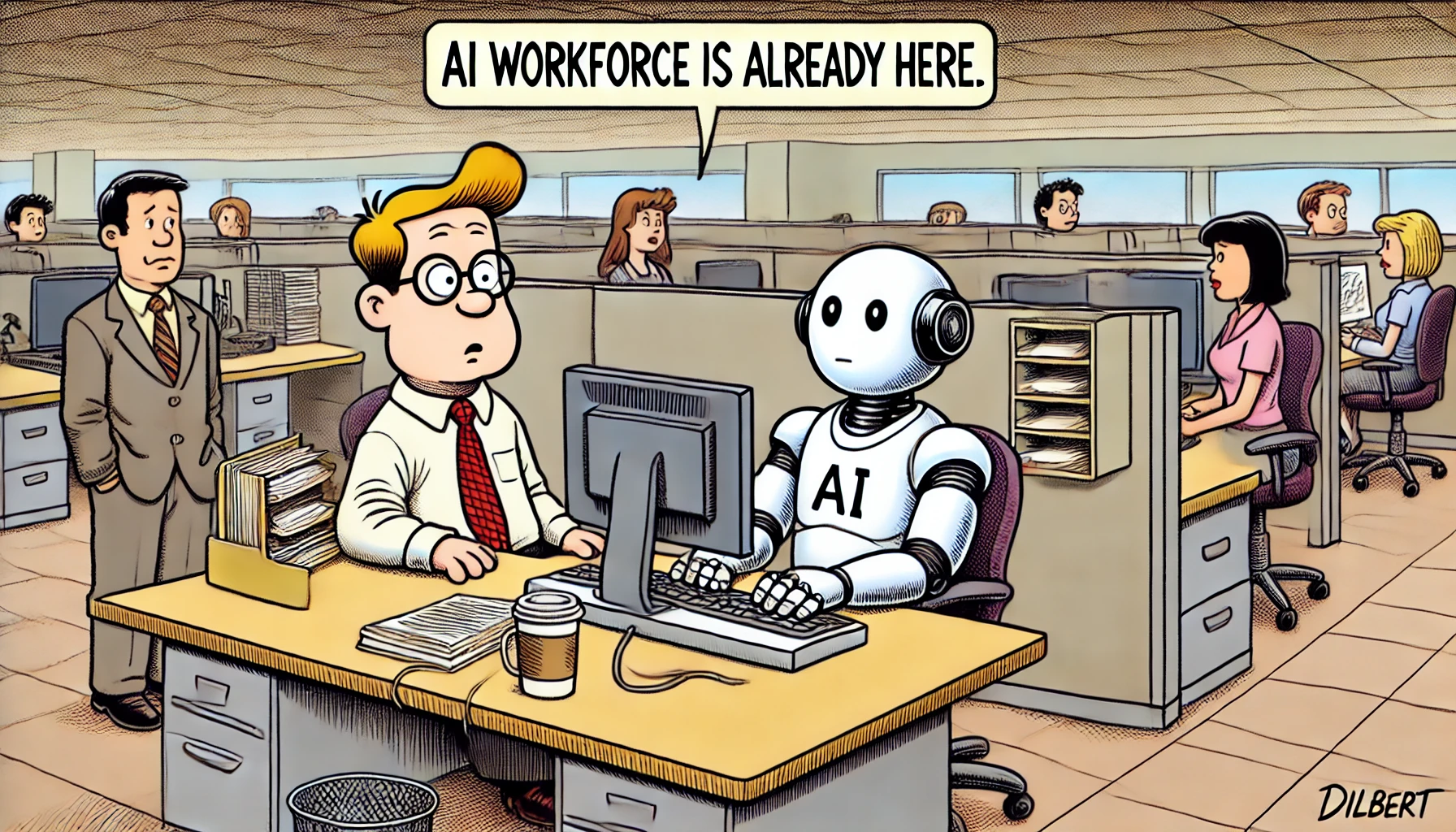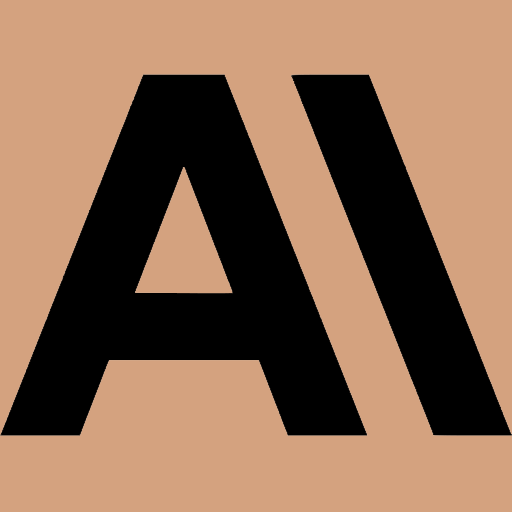
Junior Developer on Wall Street
A few days ago, I met with a buddy of mine who works as a principal engineer/architect at one of the top Wall Street companies in New York City. He told me a story of how he “hired” the first AI employee on his team. It all began with the resignation of one of his front-end developers, who became bored and joined another company. As usual, my friend immediately opened a replacement position. But before chasing and bothering recruiters for candidates, he decided to give a try to an AI model already widely used within the company.
He started using the AI model as a front-end engineer. He would talk to the AI the way he would talk to the resigned front-end engineer, giving tasks, iterating on the React UI, and making final changes in the source code before pushing it to production. After a week-long pilot, he asked headhunters to use the opened position to find a UI/UX designer for the team instead. He no longer needed a front-end engineer.
Why AI Workforce
Why did my experienced friend decide to settle down with the AI colleague rather than searching for a human replacement? His observations were as follows:
- The AI performs junior/mid-level tasks much better and faster than the former developer. The quality is either better or comparable. Moreover, AI workers continuously and rapidly evolve, improve and self-optimize their capabilities over time in response to changing circumstances, tasks at hand, new data, and evolving requirements.
- There is zero headache with the AI — no people management, no need for 1-on-1 conversations to support, motivate, encourage, or lecture. With AI workers you get automatic 100% "staff" and knowledge retention. Your AI workers don't quit - they work for you as long as you need them and you can freely reassign them to different teams within your organization retaining all their knowledge and training. The AI does not let you down by resigning during a critical milestone of a project or simply because it became bored with its tasks.
- It's not a problem at all to write all that text to the AI. My buddy had to write a ton of emails and comments in JIRA anyway for the resigned engineer.
What Can We, Humans, Do About That
First, take a deep breath and think rationally. The inevitable is already happening. You can't stop progress. AI is much bigger than the Internet and mobile revolutions combined. We're literally entering the next era of our civilization. Second, the junior/mid-level developer position won't disappear. These roles will remain, but they will require a completely different skill set from those graduating from universities and entering the job market. Lastly, think positively and take advantage. You don't have a choice but to think positively.
How exactly can you take advantage?
- Today. Learn and practice faster with AI. Even current models can teach you software engineering, chemistry, physics as well as many traditional educational methods. Don't be lazy. Be curious.
- Near future (1–3 years). Cap on your knowledge and skill set. Train and sell the AI version of yourself as Personal Digital Avatar (PDA). If you're a senior+ level technical expert, you're already passing over your knowledge daily to colleagues and teammates. Just as you share knowledge with humans, soon you'll be able to impart your unique skill set to your PDA (i.e. the AI version of yourself). The model will learn from you by observing how you troubleshoot issues, solve engineering tasks, debug logs. Your PDA will grow smarter and more experienced, and eventually, you can send it to the AI job market where companies can “hire” and pay for many instances of AI models with your unique skills.
So, buckle up, my friends. The new era is coming...

